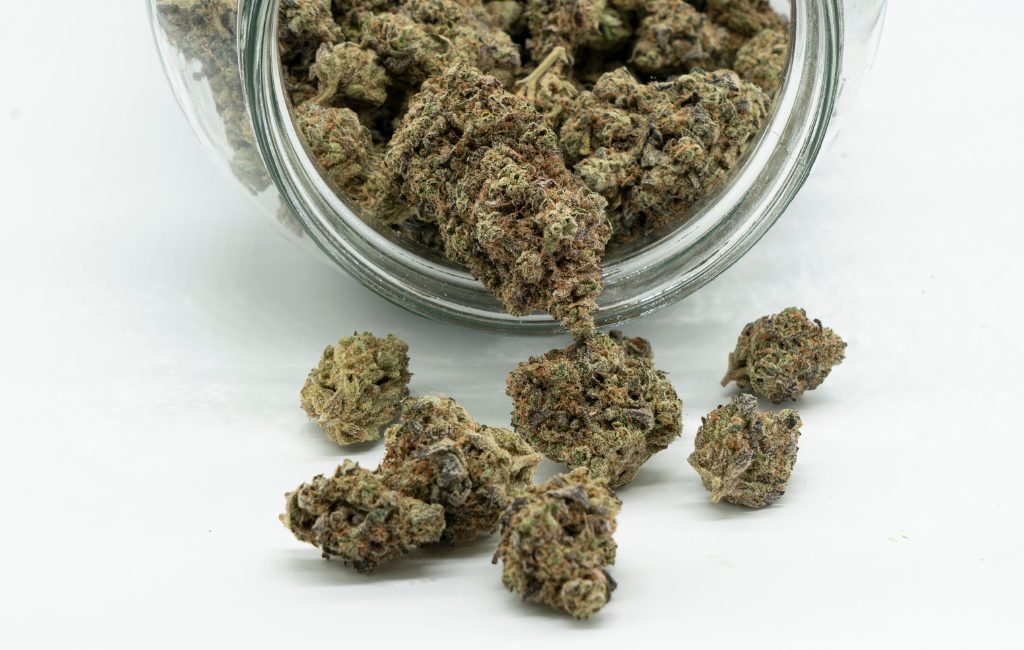Gardening is a rewarding hobby that brings joy and satisfaction to many. However, one of the challenges gardeners face is the presence of weeds. These uninvited guests can compete with cultivated plants for nutrients, water, and sunlight, often leading to reduced yields and less vibrant gardens. Understanding how to identify common garden weeds is a valuable skill for any gardener.
What Are Weeds?
Weeds are plants that grow where they are not wanted. They are often hardy, adaptable, and can thrive in a variety of conditions. While some weeds are harmless, others can be invasive and detrimental to garden ecosystems. Recognizing these plants is the first step in managing them effectively.
Characteristics of Common Garden Weeds
Weeds often share certain characteristics that make them successful in various environments. These include:
- Rapid growth and reproduction
- Ability to thrive in poor soil conditions
- Resistance to pests and diseases
- Efficient seed dispersal mechanisms
By understanding these traits, gardeners can better anticipate and manage weed growth in their gardens.
Examples of Common Garden Weeds
Dandelion (Taraxacum officinale)
The dandelion is a familiar sight in many gardens. Recognizable by its bright yellow flowers and fluffy seed heads, this perennial weed is known for its deep taproot, which makes it difficult to remove completely. Dandelions can quickly colonize lawns and garden beds, often outcompeting other plants.
Crabgrass (Digitaria spp.)
Crabgrass is an annual weed that thrives in warm weather. It is characterized by its low-growing habit and spreading stems. This weed can quickly take over lawns, especially in areas with thin or patchy grass. Its seeds can remain viable in the soil for several years, making it a persistent problem for gardeners.
Bindweed (Convolvulus arvensis)
Bindweed is a perennial vine that can smother other plants with its twining stems. It produces white or pink trumpet-shaped flowers and has a deep root system that makes it difficult to eradicate. Bindweed can be particularly troublesome in vegetable gardens, where it competes with crops for resources.
Chickweed (Stellaria media)
Chickweed is a low-growing annual weed that thrives in cool, moist conditions. It has small white flowers and can form dense mats that crowd out other plants. Chickweed is often found in garden beds and lawns, where it can quickly spread if not controlled.
Case Studies: Successful Weed Management
Several gardeners have shared their experiences in managing weeds effectively. One gardener in Oregon reported success by using a combination of mulching and hand-pulling to control dandelions in her vegetable garden. By applying a thick layer of mulch, she was able to suppress weed growth and retain soil moisture, reducing the need for frequent watering.
Another gardener in Texas tackled crabgrass by overseeding his lawn with a more competitive grass species. By increasing the density of his lawn, he was able to reduce the space available for crabgrass to establish, leading to a healthier and more uniform lawn.
Statistics on Weed Impact
According to a study by the Weed Science Society of America, weeds cause an estimated $33 billion in crop losses annually in the United States. This highlights the significant impact that weeds can have on agricultural productivity and underscores the importance of effective weed management strategies.
Strategies for Managing Garden Weeds
Effective weed management involves a combination of cultural, mechanical, and chemical methods. Some strategies include:
- Regularly inspecting the garden for new weed growth
- Using mulch to suppress weed emergence
- Hand-pulling or hoeing weeds before they set seed
- Applying targeted herbicides when necessary
By employing a variety of techniques, gardeners can keep weed populations under control and maintain healthy, productive gardens.
Conclusion
Identifying and managing common garden weeds is an ongoing challenge for gardeners. By understanding the characteristics and behaviors of these plants, gardeners can develop effective strategies to minimize their impact. Through a combination of observation, prevention, and intervention, it is possible to maintain a beautiful and productive garden free from the competition of unwanted weeds.
